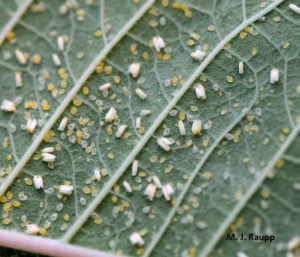
Whitefly Management in Vegetables
Clint Thompson | 9/13/2019 | CAES NEWS at UGA Researchers from three research institutions are using a $3.2 million grant …



El inglés es el idioma de control de esta página. En la medida en que haya algún conflicto entre la traducción al inglés y la traducción, el inglés prevalece.
Al hacer clic en el enlace de traducción se activa un servicio de traducción gratuito para convertir la página al español. Al igual que con cualquier traducción por Internet, la conversión no es sensible al contexto y puede que no traduzca el texto en su significado original. NC State Extension no garantiza la exactitud del texto traducido. Por favor, tenga en cuenta que algunas aplicaciones y/o servicios pueden no funcionar como se espera cuando se traducen.
Inglês é o idioma de controle desta página. Na medida que haja algum conflito entre o texto original em Inglês e a tradução, o Inglês prevalece.
Ao clicar no link de tradução, um serviço gratuito de tradução será ativado para converter a página para o Português. Como em qualquer tradução pela internet, a conversão não é sensivel ao contexto e pode não ocorrer a tradução para o significado orginal. O serviço de Extensão da Carolina do Norte (NC State Extension) não garante a exatidão do texto traduzido. Por favor, observe que algumas funções ou serviços podem não funcionar como esperado após a tradução.
English is the controlling language of this page. To the extent there is any conflict between the English text and the translation, English controls.
Clicking on the translation link activates a free translation service to convert the page to Spanish. As with any Internet translation, the conversion is not context-sensitive and may not translate the text to its original meaning. NC State Extension does not guarantee the accuracy of the translated text. Please note that some applications and/or services may not function as expected when translated.
Collapse ▲
Clint Thompson | 9/13/2019 | CAES NEWS at UGA Researchers from three research institutions are using a $3.2 million grant …
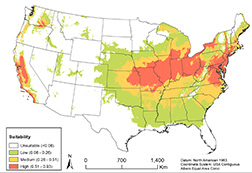
Kim Kaplan | 10/3/2019 | USDA ARS A map identifying the areas suitable for establishment of the spotted lanternfly (SLF) …

All growers who plant Bt corn in North Carolina are required by law to plant non-Bt corn (refuge). Details …
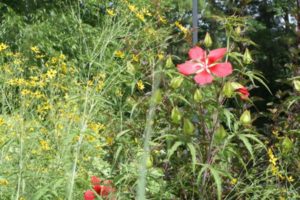
Patrick Fitzgerald | 9/10/2019 | National Wildlife Foundation When cities and communities consider what trees, shrubs and flowers to plant …
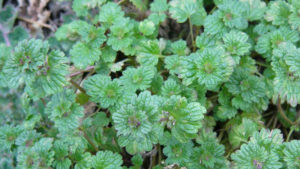
Sonya Begemann | 9/17/2019 | Ag Web You’ll likely be seeing summer annual weeds from the combine, with a few …

Dan Charles | 9/16/2019 | NPR Walking around a park near Allentown, Pa., I didn’t even notice the bugs at …
USDA | 9/12/2019 U.S. Department of Agriculture Deputy Under Secretary Scott Hutchins announced today that the National Institute of Food …
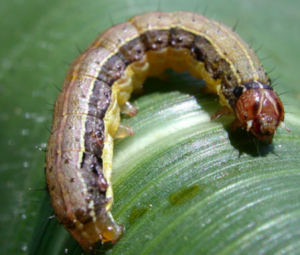
The fall armyworm is a chronic pest in the Southeast and can cause severe damage to grass and forage …
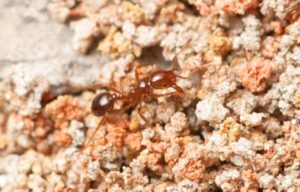
As red imported fire ants continue to spread across North Carolina and the country, you may be a bit …
Sandra Avant USDA ARS | 8/21/2019 | Via Morning AgClips Marek’s disease—a highly contagious viral disease caused by a herpesvirus—is …

Cornell University | MorningAgClips via EurekaAlert! With New York state’s $20 million berry industry entering peak season, an invasive fruit fly …
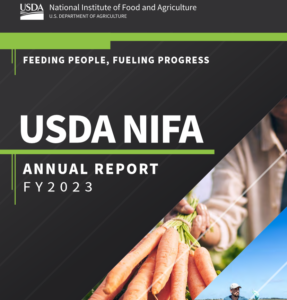
Curious to know about agriculture and food research currently being funded by the National Institute of Food and Agriculture? Check …

Dr. Robert Orpet | 6/25/2019 | Via Entomology Today The European earwig (Forficula auricularia) may be difficult to appreciate …
As more people move to the urban centers of North Carolina, consumers lose previously close connections with where their …
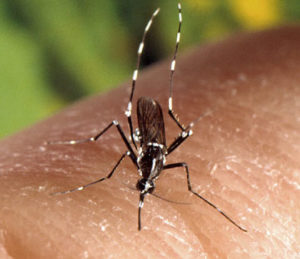
Jake Buhler | 6/2/2019 | National Geographic Insecticides in at least one area are not only failing to control mosquitoes, …

Kristen Hampshire | 5/15/2019 | Greenhouse Grower Labor is a pain—and the pool of potential agricultural workers is thinning faster …
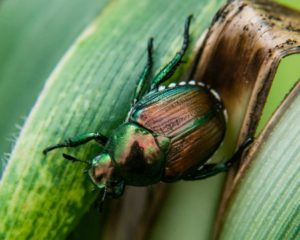
Andrew Porterfield | 4/29/2019 | EntomologyToday Since its accidental arrival in New Jersey in 1916, the Japanese beetle (Popillia japonica) …

Brian Lovett at University of Maryland | 4/29/2019 | Via TheConversation.com Insects scuttle, chew and fly through the world around …
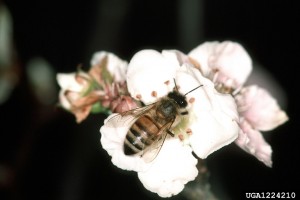
Amy Duke | 4/1/2019 | Penn State University A new online tool and community, called Beescape, enables beekeepers, or anyone interested …

Mark Abney | 4/20/2019 | Southeast FarmPress Every spring I post an article on this blog about early season thrips …
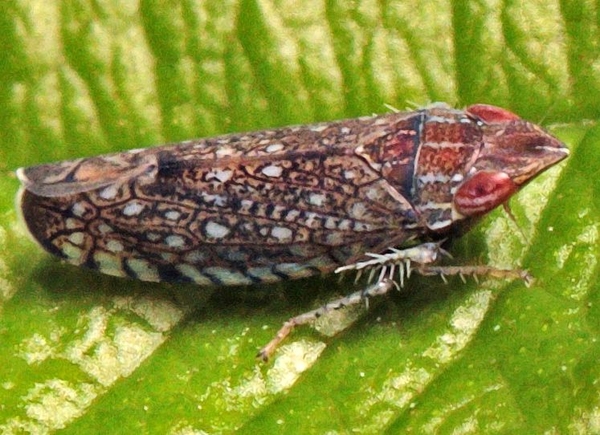
Leafhoppers are insects of importance to highbush blueberry growers in North Carolina. Species in the …

This factsheet describes the biology of the giant strong-nosed stink bug, Alcaeorrhynchus grandis, and provides …

This manual prepares pesticide applicators for Forest Pest Control Certification exams in the following states: …
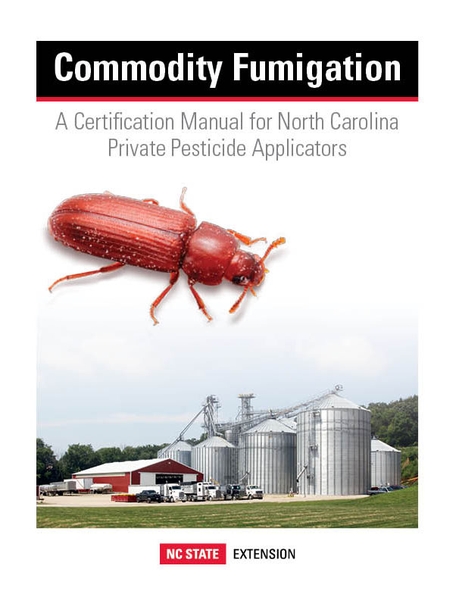
This manual provides guidance tailored for North Carolina's non-commercial pesticide applicators using fumigants in commodity …

This factsheet describes the small hive beetle, its life cycle and how to prevent infestations …

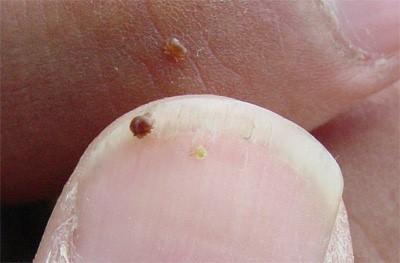
It is the goal of every beekeeper to maintain healthy, productive colonies. This can only …
To apply restricted-use pesticides to agricultural commodities, you must be certified or be supervised by …